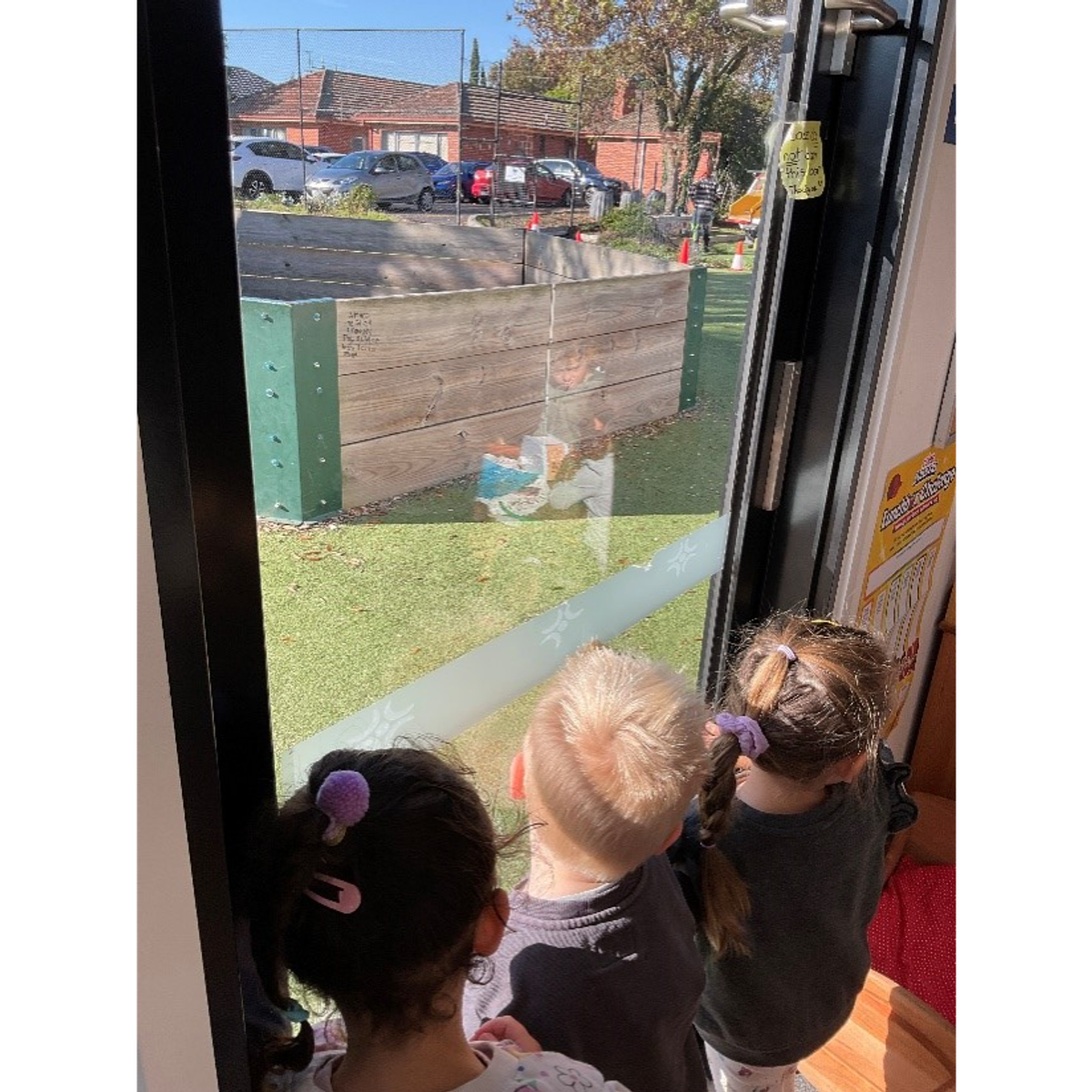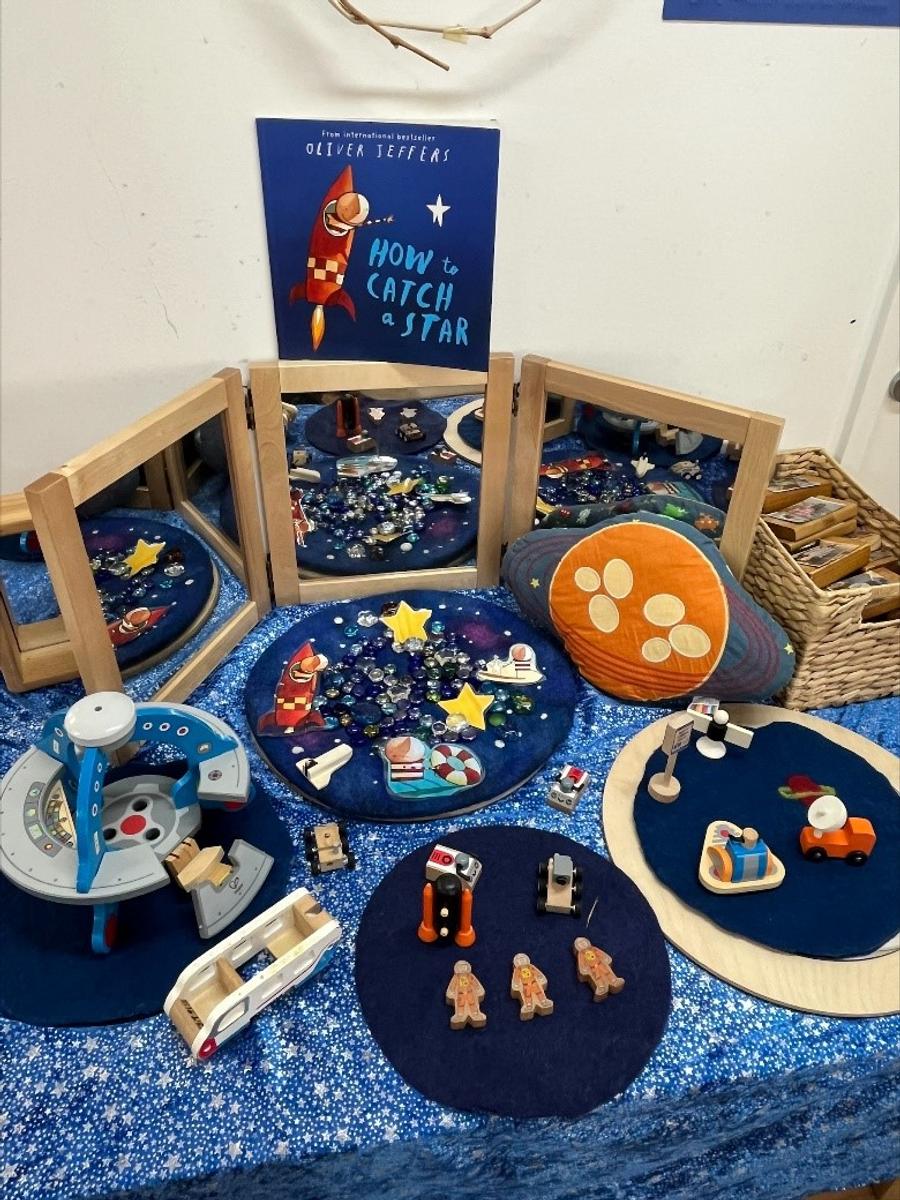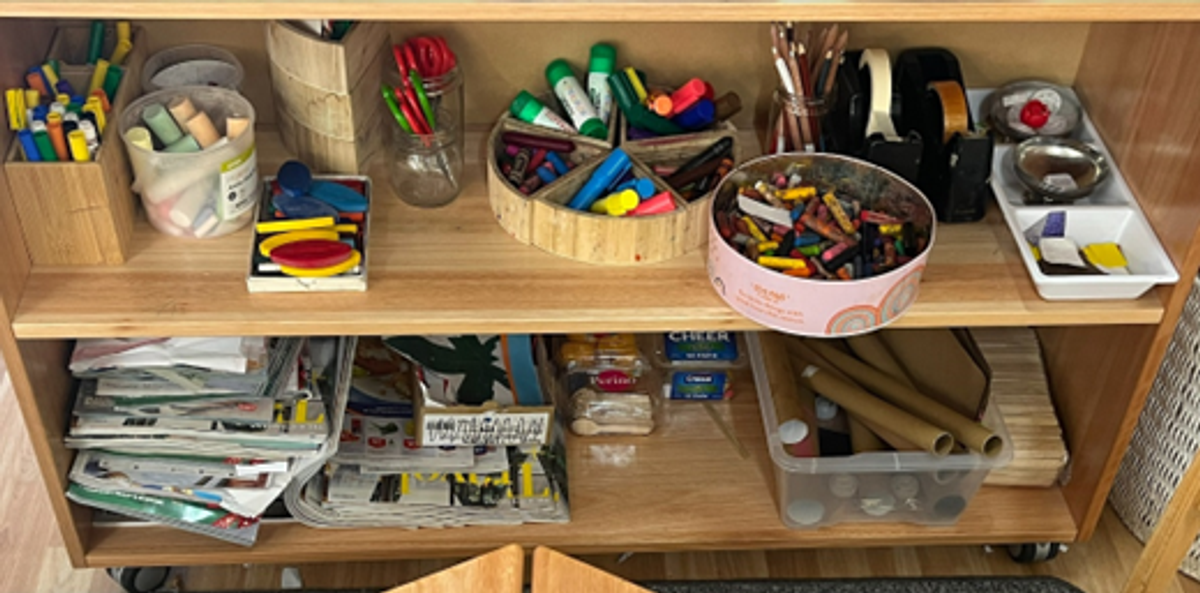Glen Education St Patrick's

Noticing the Capabilities of Young Children
By Carol Vassiliou, Mengyu (Echo) Ran, Early Childhood Teachers, and Venkata (Rama) Aduri, Early Childhood Educator
Being a newly build facility, we have been able to invest in a variety of high-quality resources that can be well-maintained, ensure we create spaces that avoid clutter and look at our environments with fresh eyes. A new space has also meant we have been able to find time to investigate, observe, and listen to what the children like and make informed decisions about what equipment to purchase that reflects the choices made by children, their voices, and their interests.
Our team at Glen St. Patrick's Kindergarten make sure that the resources are placed in an appealing manner to stimulate the interest of the children and encourage them to interact and explore. (ACECQA, 2018). Our learning spaces are flexible, allowing different types of play at different times, including quiet and more active play. We set up provocations, which promote imagination and creativity in children rather than restricting them with guidelines or rules. Provocations helps children learn problem-solving skills by acting out pretend scenarios. It enhances their vocabulary skills and helps with social-emotional development and engage (and stay engaged) in play and helps them to love learning (EYLF, 2022).
An important principle of our environment is to ensure the spaces the foster an ability to “simply being a love with one’s thoughts” (Semann & Shepherd, 2008).
It is not an obvious 'play space' but ensuring an open and clear long window and door, for children to view what’s occurring outside, peering into the school, saying hello to siblings during their break times, waving goodbye to families in the morning and simply observing the tradespeople, who are doing maintenance outside, allows for this wondering. The “door window” has provided lots of learning opportunities.
Stefania Giamminuti (2008) expresses “Do you have a space in your school where a child can see the drops of rain on the glass?”. That is a good question to ask as it is not about borrowing someone else’s ideas, furniture, or equipment. “It is about the very minutiae of an environment, an opportunity for learning that is found in an unexpected place” (Stefania, 2008).
We recognise that the learning environment is enriched when children can explore open-ended materials. Our art and craft area provides opportunities for children to express themselves and develop fine motor and social skills. This space fosters inspiration and creativity, offering a wide range of materials such as bottle caps, fabrics, tape, paint, stamps, natural elements, and various recycled items for children to explore. By engaging in art and craft, children learn artistic concepts like colours, forms, and patterns, which enhance their creative independence (EYLF, 2022).
As we create the learning space, we gradually get to know the children's interests and learning habits, allowing us to tailor the environment to meet their needs. For example, the crafting area setup was based on the strong interests’ children displayed during term 2. To maximise the resources available, we rearranged the furniture and established a crafting materials shelf, enabling children to freely access the supplies they need. They also learned to care for the space and manage their materials properly, demonstrated by their ability to sort different drawing tools and organize crafting supplies on the shelf. Consequently, when engaging in crafting activities, children can make choices based on their interests and experiences.
Moreover, with the kindergarten located on the school site, children can participate in outdoor experiences within the school grounds. When they transition to spaces designated for slightly older children, they learn to manage themselves, engage in risky play, and gain valuable experiences.
As Semann & Shepherd (2008) noted, “The building speaks. They speak of democracy or aristocracy, openness, or arrogance, welcome or threat, a sympathy for the future or a hankering for the past”. Children learn in the space, and from the space. The use of school space also prepares children for their next learning stage, especially the older ones.
Our approach at Glen St. Patrick's Kindergarten emphasises the importance of creating a dynamic and responsive learning environment. By continually observing and responding to the children's interests and needs, we ensure that our spaces, whether indoors or outdoors, well-maintained and inviting. As educators, we remain committed to nurturing an environment where every child's voice is heard, and their individuality is celebrated, ensuring they thrive both in our kindergarten and beyond.



